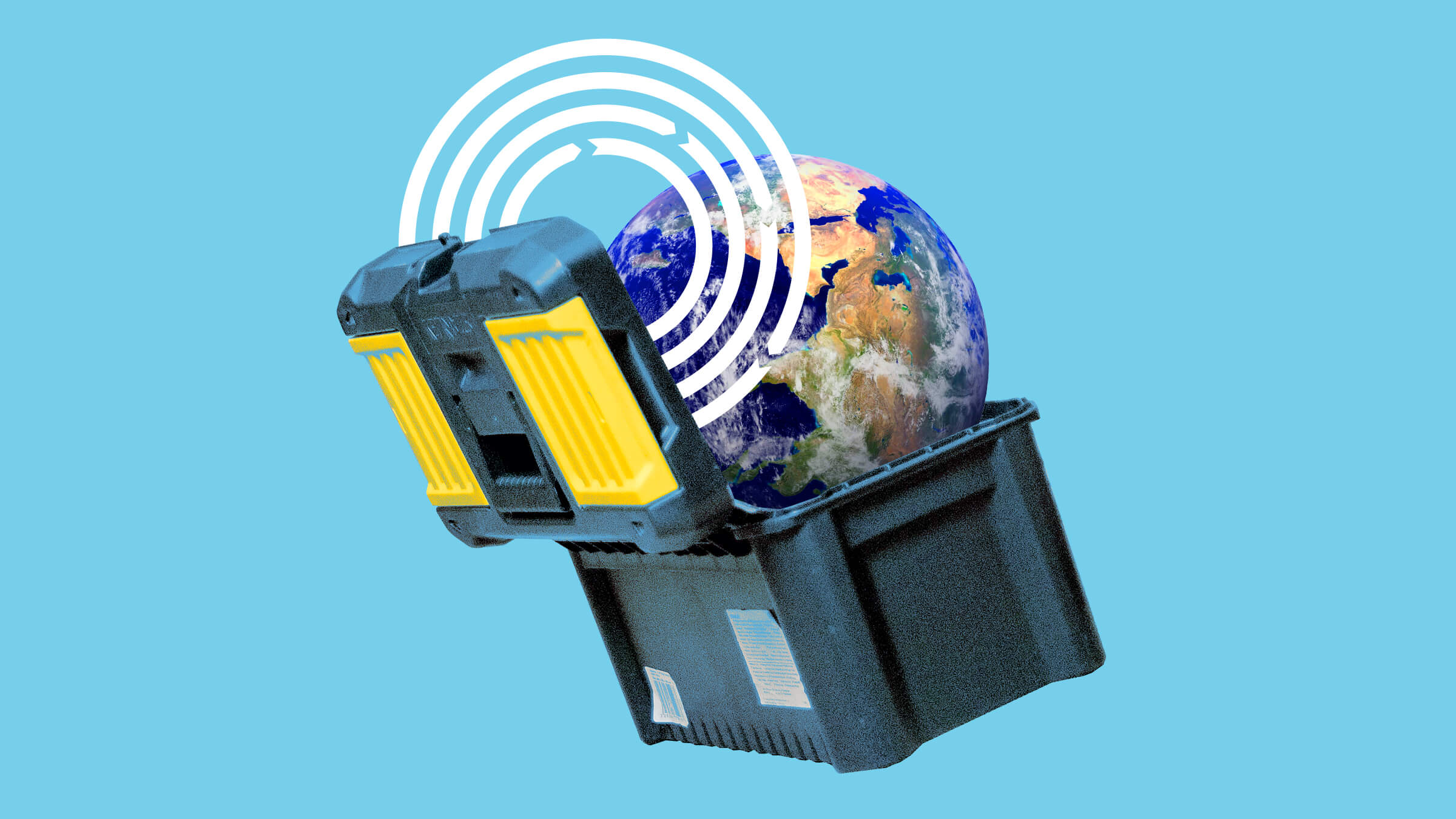Currently, the Nationally Determined Contributions set by countries are not ambitious enough, and the Earth’s climate is warming at a catastrophic speed. The good news is that the circular economy interventions can help in reducing emissions. Circular solutions can fight the ecological sustainability crisis while creating new jobs and economic growth.
Yet today, only 27 per cent of countries’ NDCs explicitly mention circular economy actions as part of the solutions. Governments need practical examples and support for adopting circular economy measures.
This digital toolbox and user guide help countries in this by identifying, prioritising, implementing and tracking circular economy interventions for increased ambition and implementation of their Nationally Determined Contributions (NDCs). With these tools, public sector entities, such as ministries, can more effectively identify and use circular economy solutions to achieve their emission reduction targets.
Integrated into a digital platform, the toolbox provides policymakers with a step-by-step methodology, resources, and tools to:
- Assess and identify GHG emissions hotspots from material use and establish entry points in the NDCs
- Assess and select circular economy interventions, and adjust targets for the NDCs
- Identify policy instruments and indicators for implementation
- Track and report progress in the Biennial Transparency Report.
Through the toolbox, countries can find case studies and checklists to help them prioritise interventions, businesses can assess and reduce their footprint across value chains, and the ministries involved in the NDC process can identify and connect circular economy interventions and accelerate the achievement of the Paris Agreement and related Sustainable Development Goals (SDGs).
The toolbox and user guide were developed and published by UNEP’s One Planet network, UNDP and UNFCCC secretariat, and implemented with the support of Sitra and the Dutch Ministry of Infrastructure and Water Management.
In addition to financial support, Sitra provided expert assistance to UN organisations by presenting the updated Finnish circular economy road map, the guide How to create a circular economy road map based on the learnings of the process, as well as the national follow-up actions in Finland.
With the circular economy toolbox, countries around the world can benefit from the work done by Sitra and numerous other leading organisations promoting circularity across the world.
